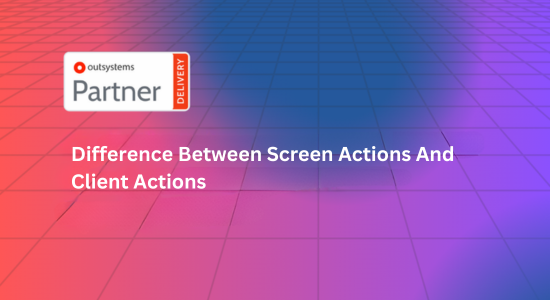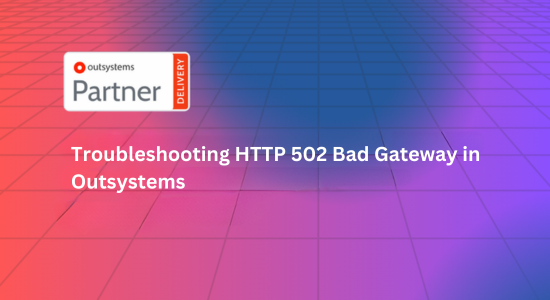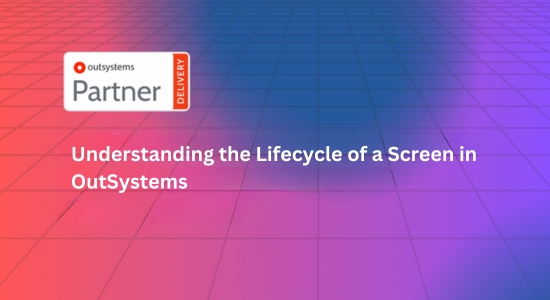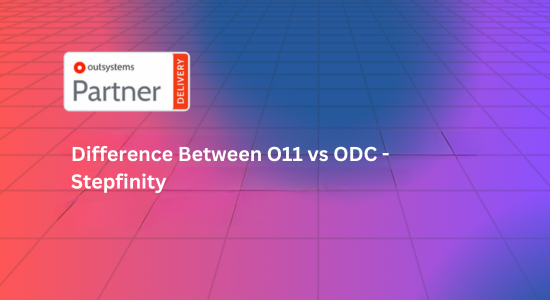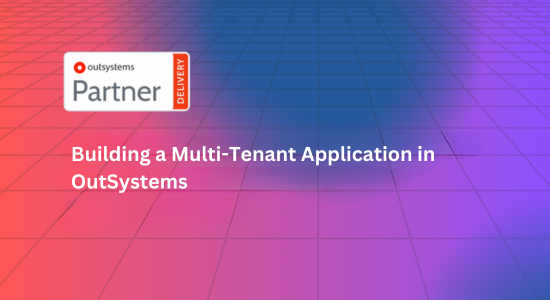In the rapidly evolving world of software development, the terms “low-code” and “no-code” have become buzzwords that promise to revolutionize the way applications are built. These platforms are designed to simplify the development process, enabling faster delivery and broader participation in app creation. In this blog, we’ll delve into the nuances of low-code and no-code platforms and explore how OutSystems, a prominent player in the low-code space, fits into this landscape.
Understanding Low-Code and No-Code Platforms
Low-Code Platforms
Definition: Low-code platforms are designed to accelerate application development by providing a graphical user interface for programming, allowing developers to build applications with minimal hand-coding. These platforms often offer a range of pre-built components, templates, and integrations that streamline the development process.
Features:
- Visual Development Tools: Drag-and-drop interfaces and visual modeling tools allow developers to design and modify applications quickly.
- Reusable Components: Pre-built modules and templates that can be customized and reused across different applications.
- Integration Capabilities: Built-in connectors to integrate with various third-party services and APIs.
- Custom Coding: While minimal, some coding is required for complex functionalities, offering more flexibility and control.
Benefits:
- Faster Development: Reduced development time due to visual development tools and reusable components.
- Increased Agility: Easier to make changes and adapt to evolving business needs.
- Enhanced Collaboration: Facilitates collaboration between technical and non-technical team members.
Use Cases:
- Enterprise applications
- Internal tools and dashboards
- Customer-facing applications with complex logic
No-Code Platforms
Definition: No-code platforms take the concept of low-code a step further by eliminating the need for any coding. Users can build applications using visual tools and pre-built templates, making it accessible to non-technical users.
Features:
- Drag-and-Drop Interface: Users can design applications by dragging and dropping elements onto a canvas.
- Pre-Built Templates: Ready-to-use templates and workflows that users can customize to fit their needs.
- Automations: Built-in automation tools for tasks such as data processing and user notifications.
- Limited Customization: Minimal ability to add custom code or perform complex integrations.
Benefits:
- Accessibility: Empowers non-developers to build applications without needing technical skills.
- Speed: Very quick to deploy simple applications and solutions.
- Cost-Effective: Often less expensive than traditional development, especially for small projects.
Use Cases:
- Simple business apps
- Workflow automation
- Personal projects and small business solutions
How OutSystems Fits into the Landscape
OutSystems is a leading player in the low-code platform space, offering a comprehensive solution that blends the benefits of low-code development with robust capabilities for handling complex applications. Let’s explore how OutSystems stands out and fits into the low-code vs. no-code debate.
Key Features of OutSystems
- Visual Development Environment: OutSystems provides a sophisticated visual development environment where developers can design user interfaces, define data models, and set up workflows using drag-and-drop functionality. This environment supports both rapid prototyping and full-scale application development.
- Full-Stack Capabilities: Unlike many no-code platforms, OutSystems supports full-stack development, allowing developers to work on both front-end and back-end components of an application. This enables the creation of more complex and feature-rich applications.
- Integration and Extensibility: OutSystems offers extensive integration capabilities with external systems and services, supporting API integrations, data connectors, and custom integrations. This flexibility is a significant advantage for enterprises with complex IT landscapes.
- Custom Code Support: While OutSystems is a low-code platform, it allows developers to write custom code where necessary. This feature provides the flexibility to handle more complex requirements that go beyond the capabilities of the visual development tools.
- Scalability and Performance: OutSystems is designed to handle large-scale applications with high performance. It provides robust performance management tools, including monitoring and optimization features, ensuring that applications can scale effectively.
- Security and Compliance: Security is a critical aspect of application development, and OutSystems includes comprehensive security features such as role-based access control, data encryption, and compliance with industry standards.
Comparing OutSystems with No-Code Platforms
- Complexity Handling: OutSystems excels in handling complex and enterprise-level applications, thanks to its support for custom code and advanced integration capabilities. No-code platforms, on the other hand, are generally suited for simpler applications with less need for customization.
- Flexibility: OutSystems offers greater flexibility for developers who need to implement specific business logic or integrate with complex systems. No-code platforms are often limited in terms of customization and extensibility.
- Target Audience: OutSystems is geared towards organizations with development teams that need to balance speed with complexity. No-code platforms target business users and non-developers who need to build straightforward applications quickly.
- Development Speed: Both low-code and no-code platforms offer rapid development capabilities. However, OutSystems’ visual tools combined with its ability to handle complex scenarios may lead to faster delivery of more sophisticated solutions compared to no-code platforms.
Conclusion
In the landscape of application development, low-code and no-code platforms each have their strengths and are suited to different use cases. OutSystems stands out as a powerful low-code platform that bridges the gap between rapid development and complex, enterprise-level requirements. By providing a comprehensive suite of tools for both visual development and custom coding, OutSystems enables organizations to create robust applications quickly while maintaining the flexibility needed for complex scenarios.
Whether you are a business looking to rapidly prototype solutions or a large enterprise needing to develop sophisticated applications, understanding the distinctions between low-code and no-code platforms—and how OutSystems fits into this landscape—can help you make informed decisions and leverage the right tools for your needs.


